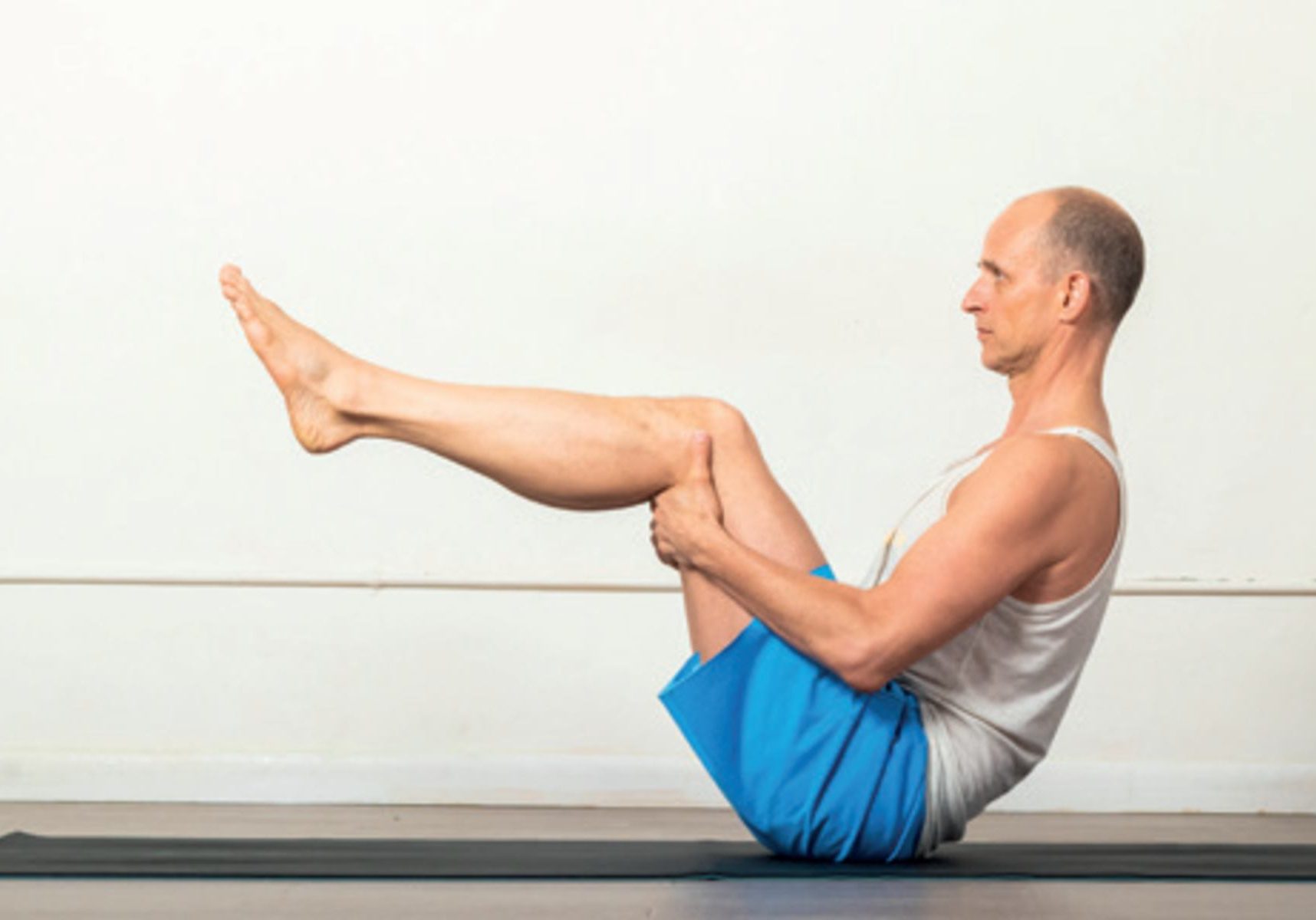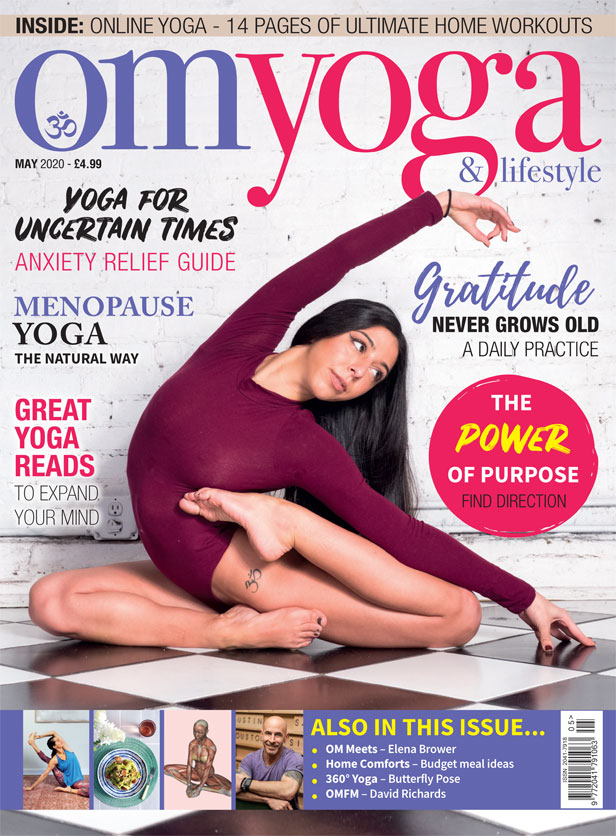
Boat pose
Kino MacGregor and members of the Omstars team show how Boat Pose can be different for each and every one of us.
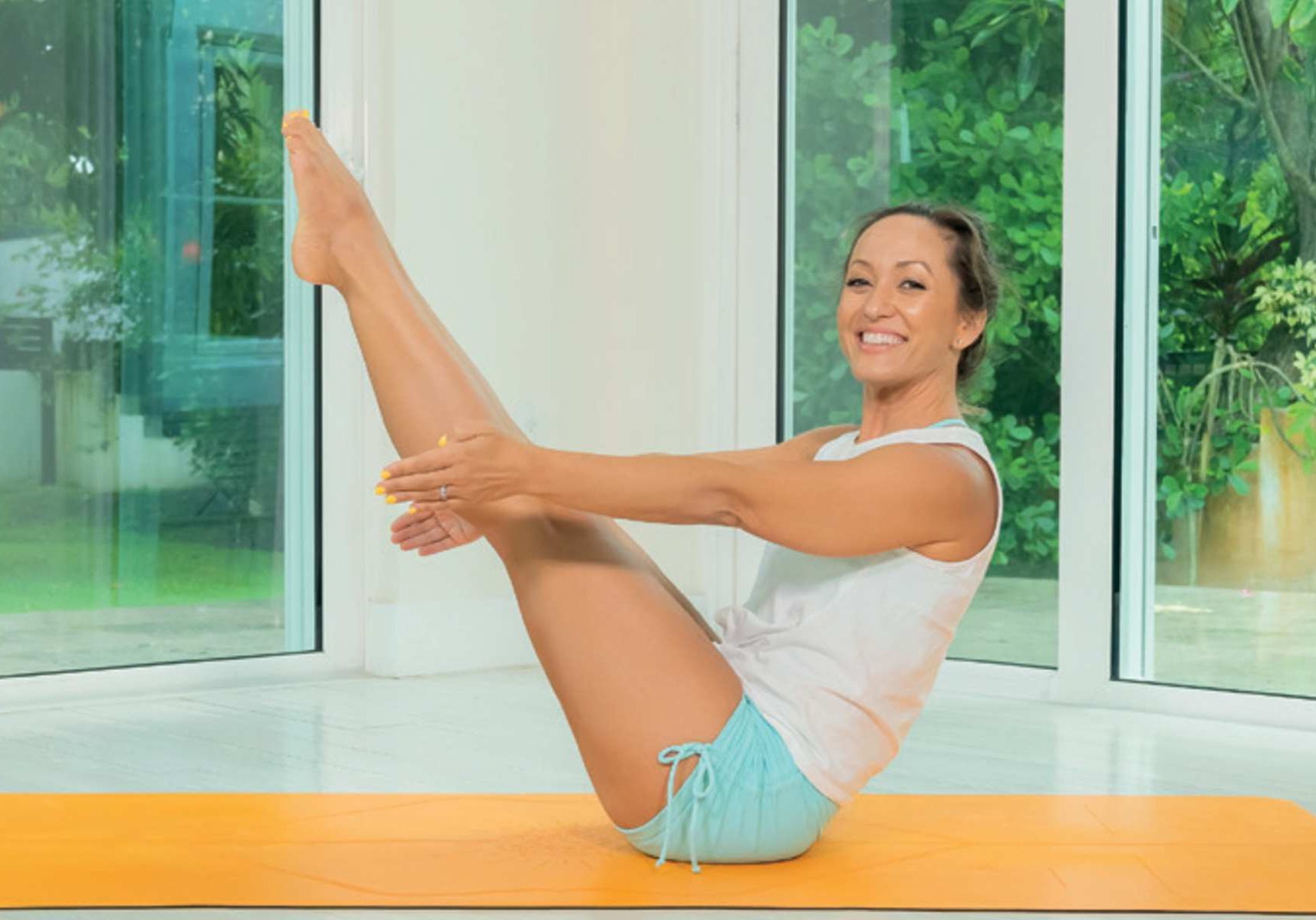
1. Welcome to Boat Pose
Boat Pose (Navasana) gets me every time in a led Ashtanga class. No matter how much I practice or how many extra breaths I take on my own, I always suffer when I get to this point in the practice. Since Navasana is traditionally repeated five times it gets increasingly more intense. The first round usually ignites a mild burning sensation in the core. The last round culminates in shaking, burning and emotional anguish. Each time I jump back I feel like a survivor! But, you probably wouldn’t see that from watching me practice. The hidden secret of the practice is that oftentimes what looks equanimous and peaceful from the outside corresponds with a great deal of effort and grit on the inside. Knowing how to distribute your effort most efficiently means that you will be able to maintain a balanced state of mind regardless of the challenge. Finding that sweet spot in Navasana begins by changing your focus from lifting the legs to the inner work of the pelvic floor.
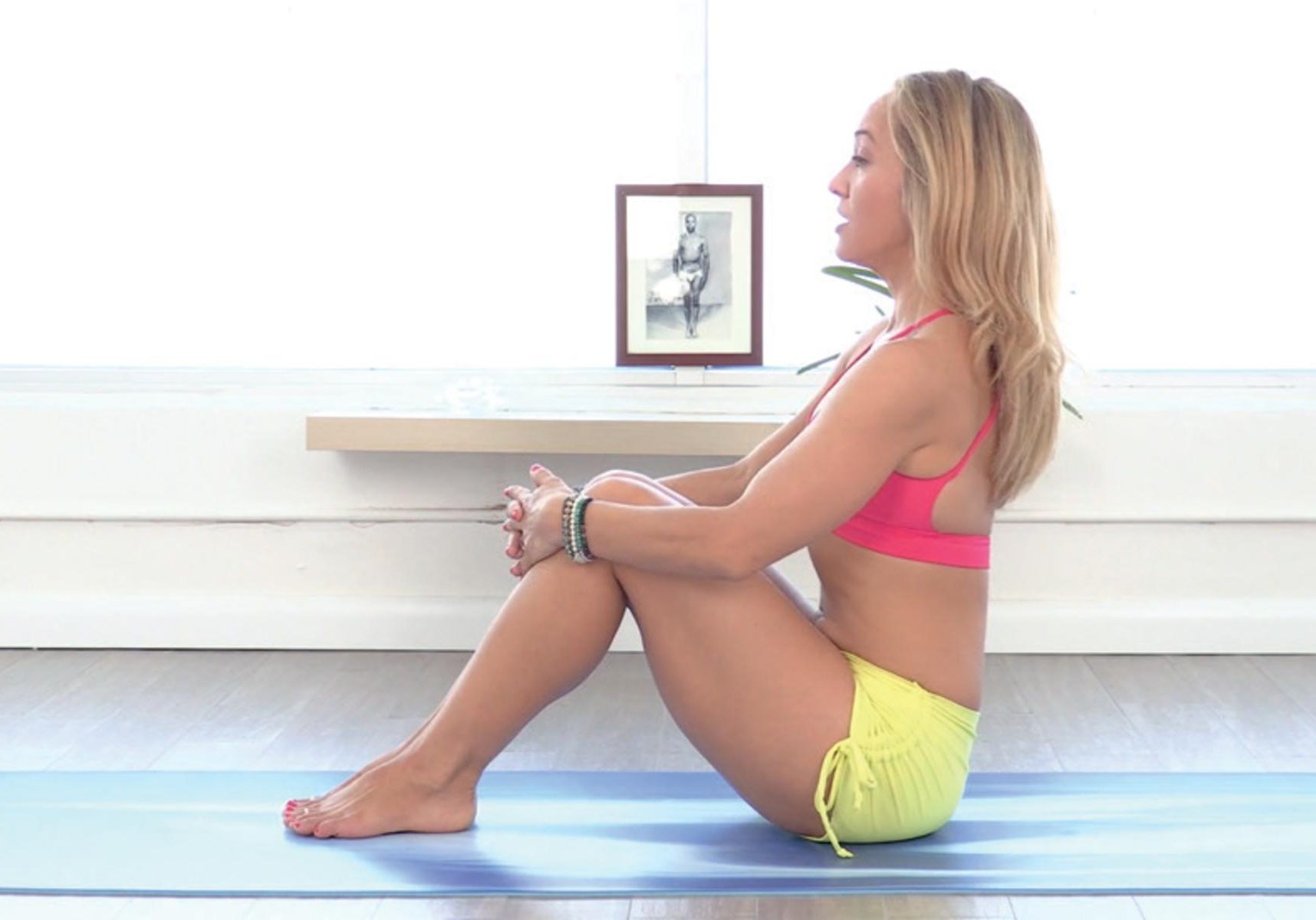
2. Building a firm hull
The key to finding a good balance in Navasana is to orient both your effort and attention to the pelvic floor. Not only do you need a strong core but you need to distribute your weight between your sitting bones in order to feel comfortable in this asana. Translated into English as the Boat Pose, in Navasana you have to focus on building a firm hull so that your ship won’t sink.
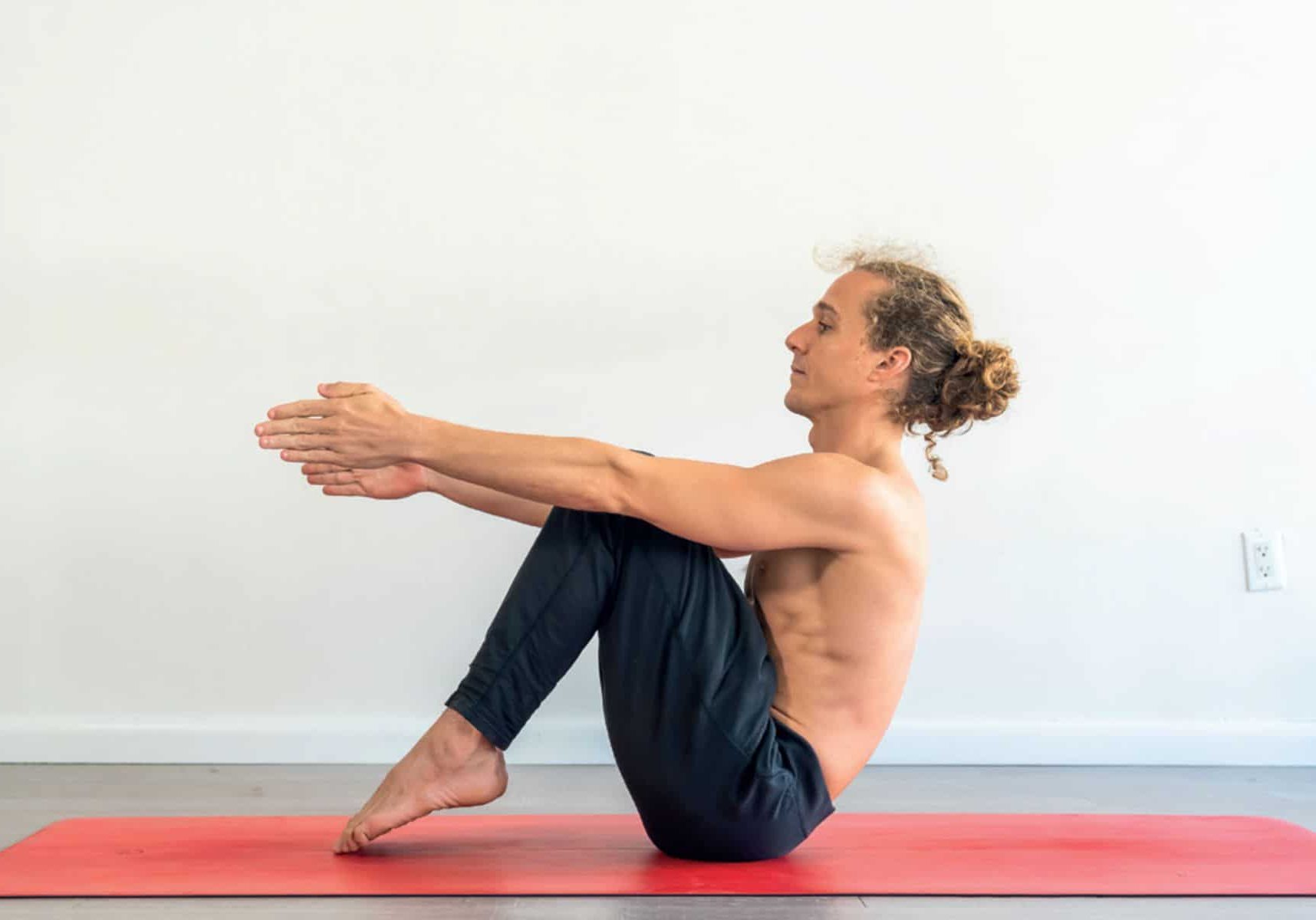
3. Getting started
Start off in a seated position, then bend your knees, keep the feet on the floor and the legs together. Root the heads of your femurs into their sockets and begin activating the pelvic floor. Allow a gentle roundedness in the base of the pelvis, in the space between the sitting bones and the tailbone. Contract the anus and the pelvic muscles and draw the lower abdomen inwards. Avoid trying to balance on the tips of your sitting bones. Use a subtle rounding of the base of the pelvis to be your connection into the ground. Especially if you have a bony protrusion around your tailbone, you will find it useful to soften into a more rounded root.
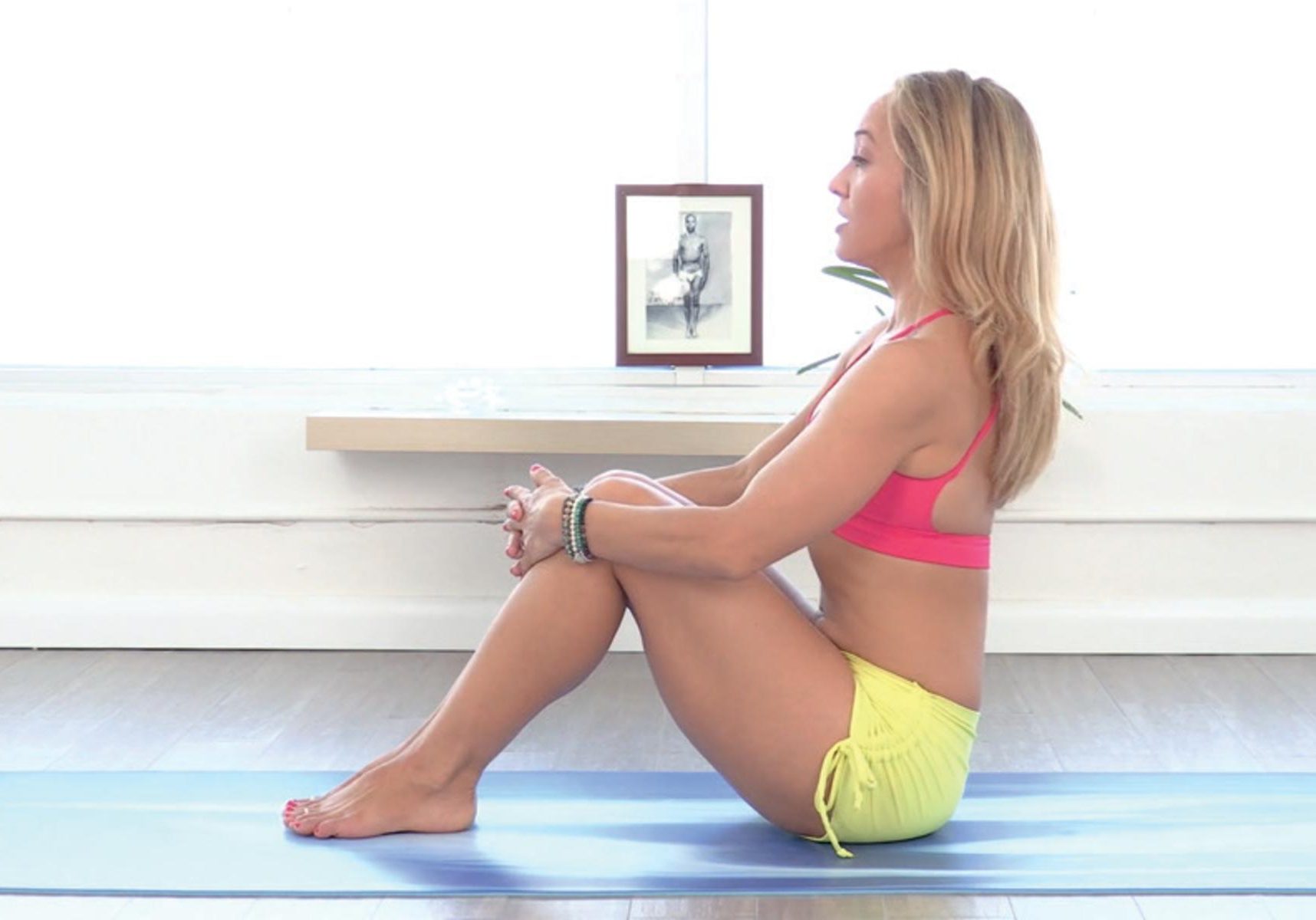
4. Entering the pose
Next, lengthen the torso, relax the neck and straighten the arms. Then, to enter Navasana, shift your chest back just to counterbalance the weight of your legs, come up onto the tips of your toes and inhale as you lift and straighten the legs. Gaze towards the toes and stay for five breaths.
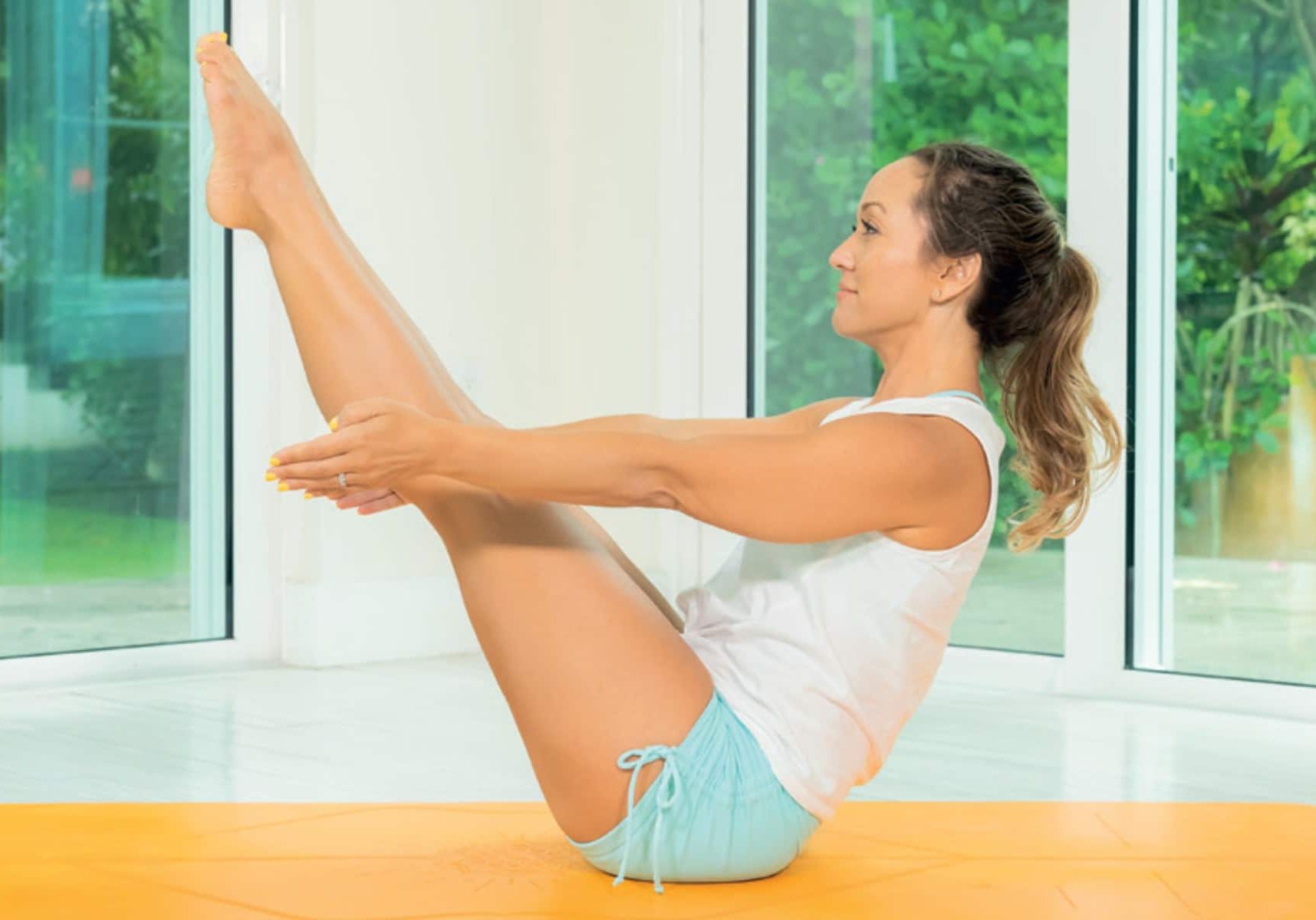
5. Full boat pose
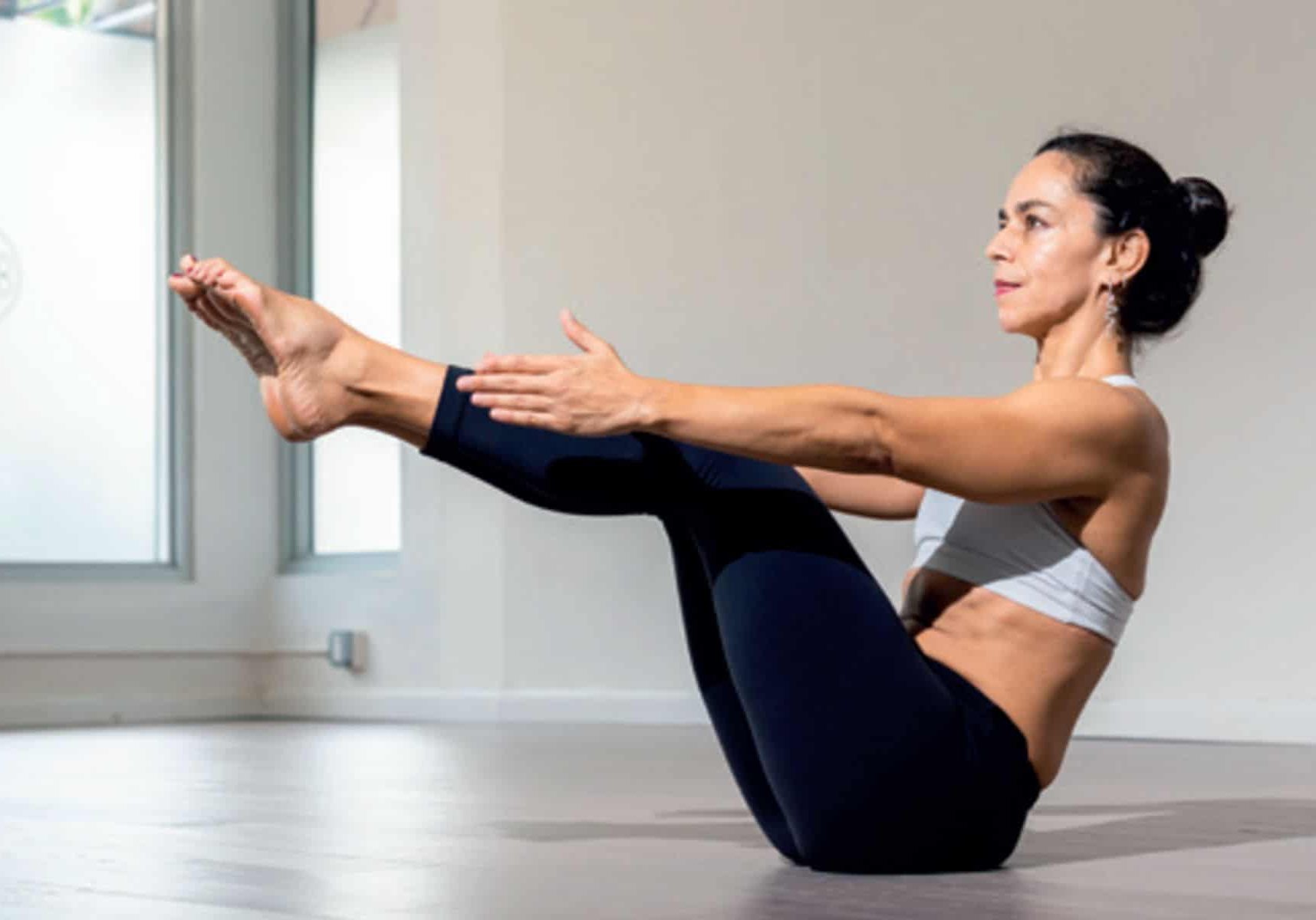
6. Modification 1
